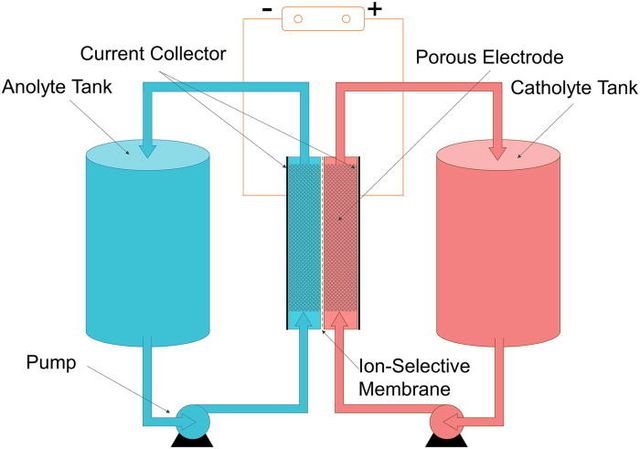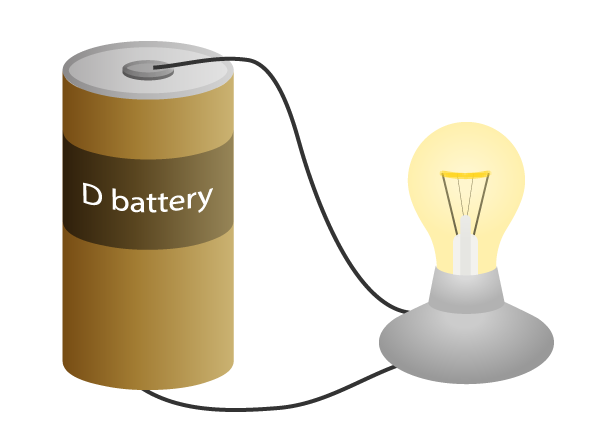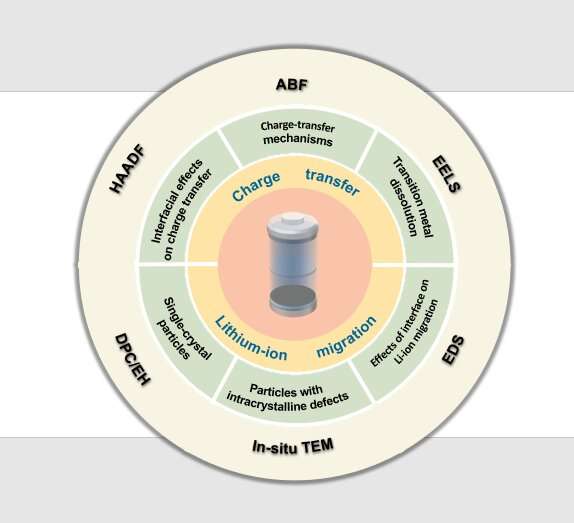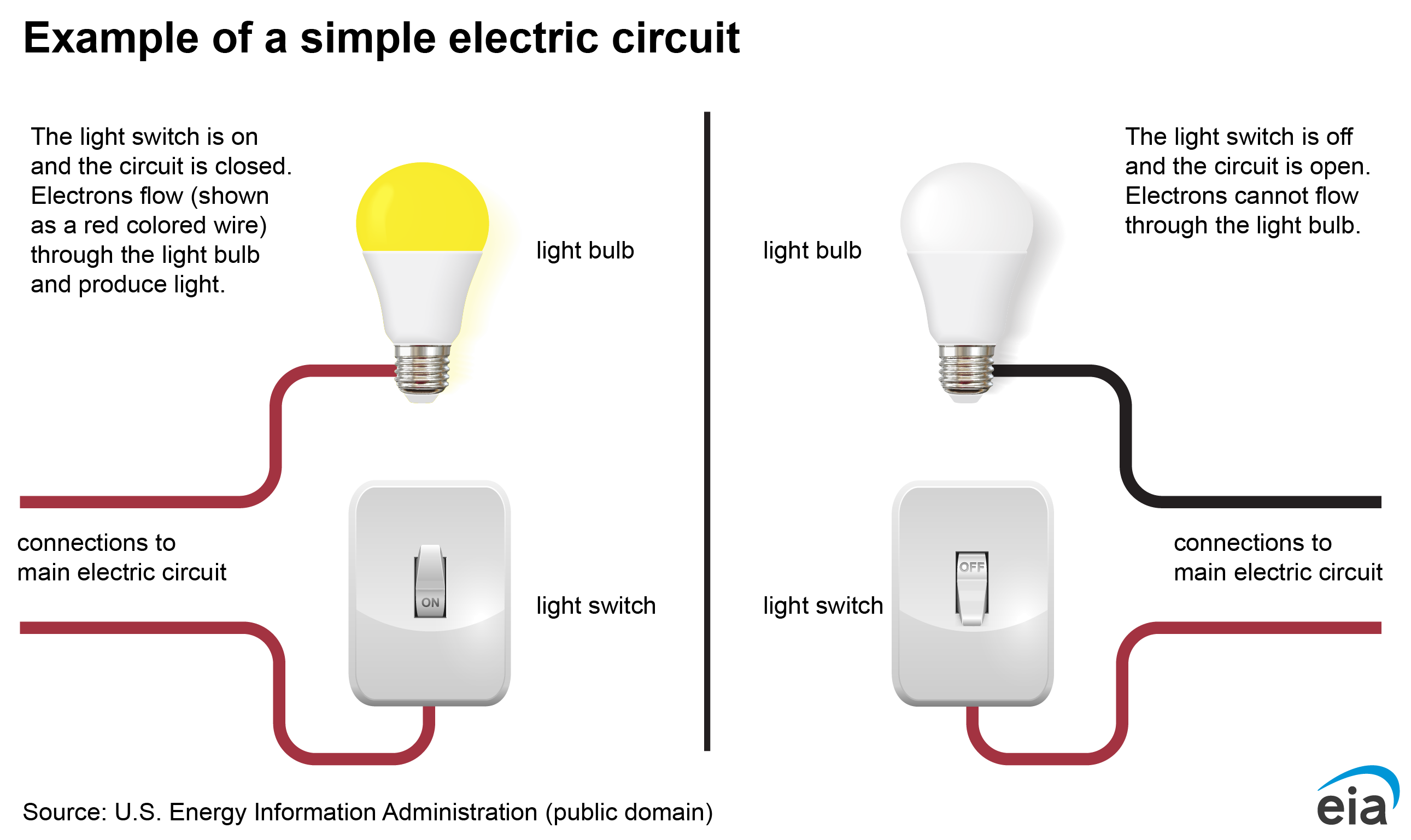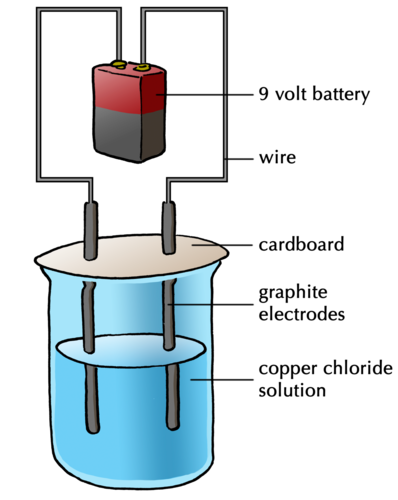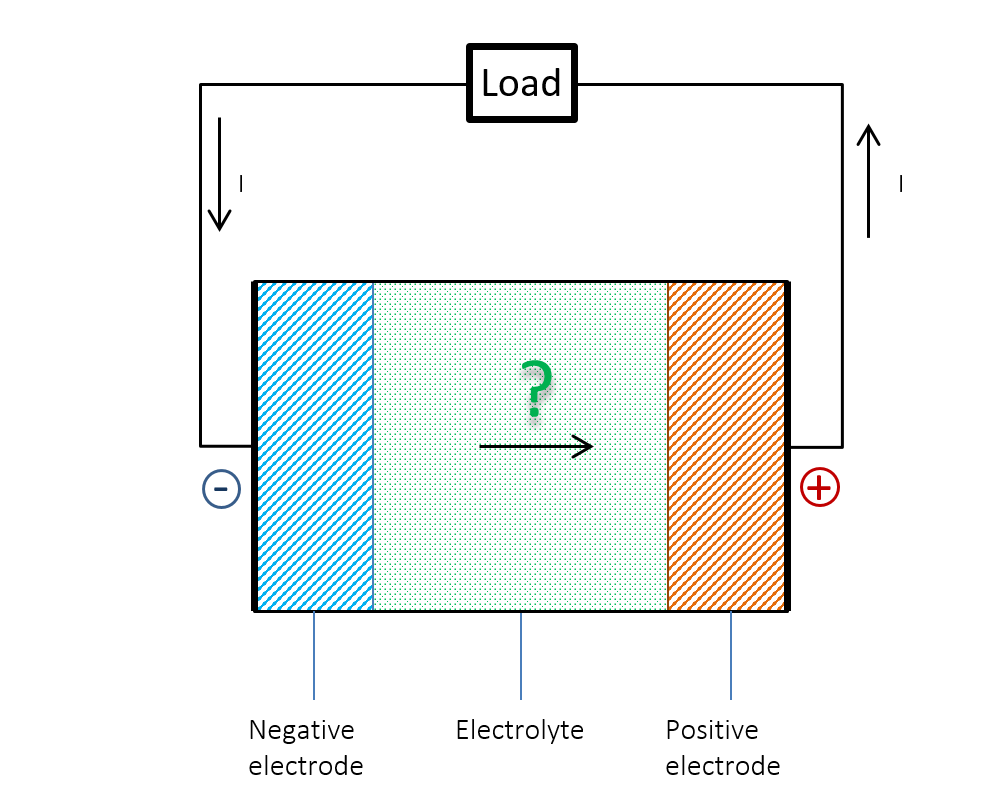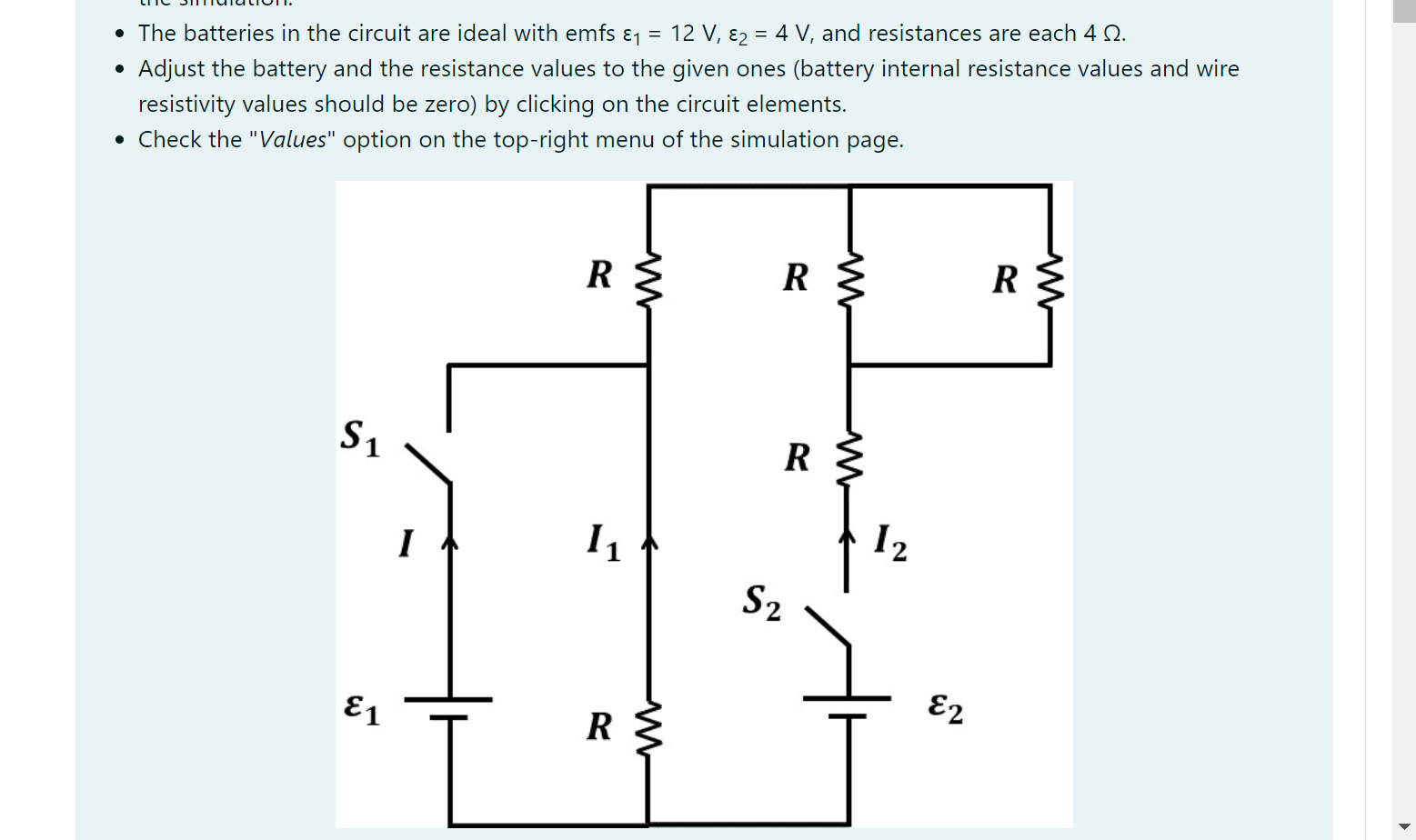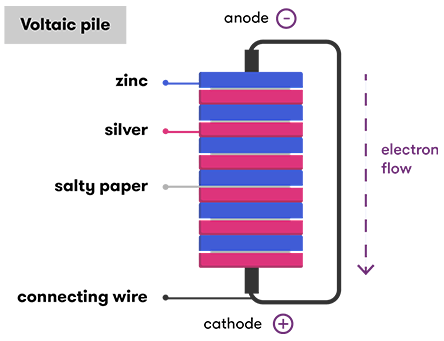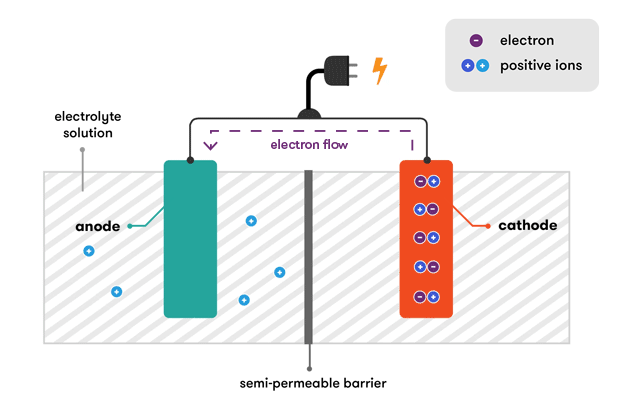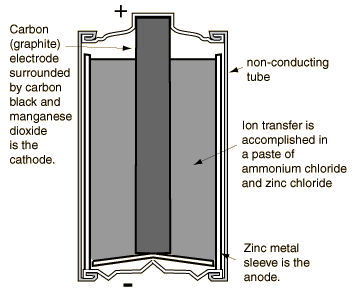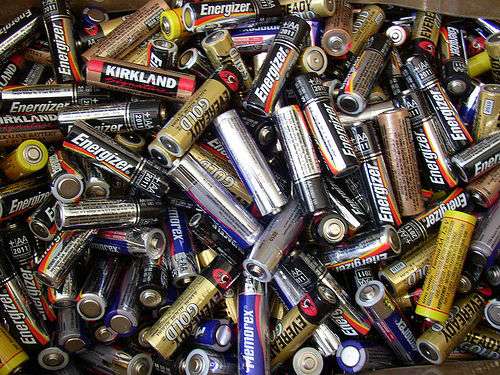
In Figure, the ideal batteries have emfs mathscr{E}_1=12.0V and mathscr{E}_2=4.00V, and the resistances are each 4.00Omega . What are the (a) size and (b) direction (up or down) of i1 and the (

Inside Clean Energy: Flow Batteries Could Be a Big Part of Our Energy Storage Future. So What's a Flow Battery? - Inside Climate News

How Batteries Store and Release Energy: Explaining Basic Electrochemistry | Journal of Chemical Education

Unlocking Charge Transfer Limitations for Extreme Fast Charging of Li‐Ion Batteries - Yao - 2023 - Angewandte Chemie International Edition - Wiley Online Library

Electrical Circuits. Energy transfer in circuits Energy cannot be created or destroyed. In all devices and machines, including electric circuits, energy. - ppt download
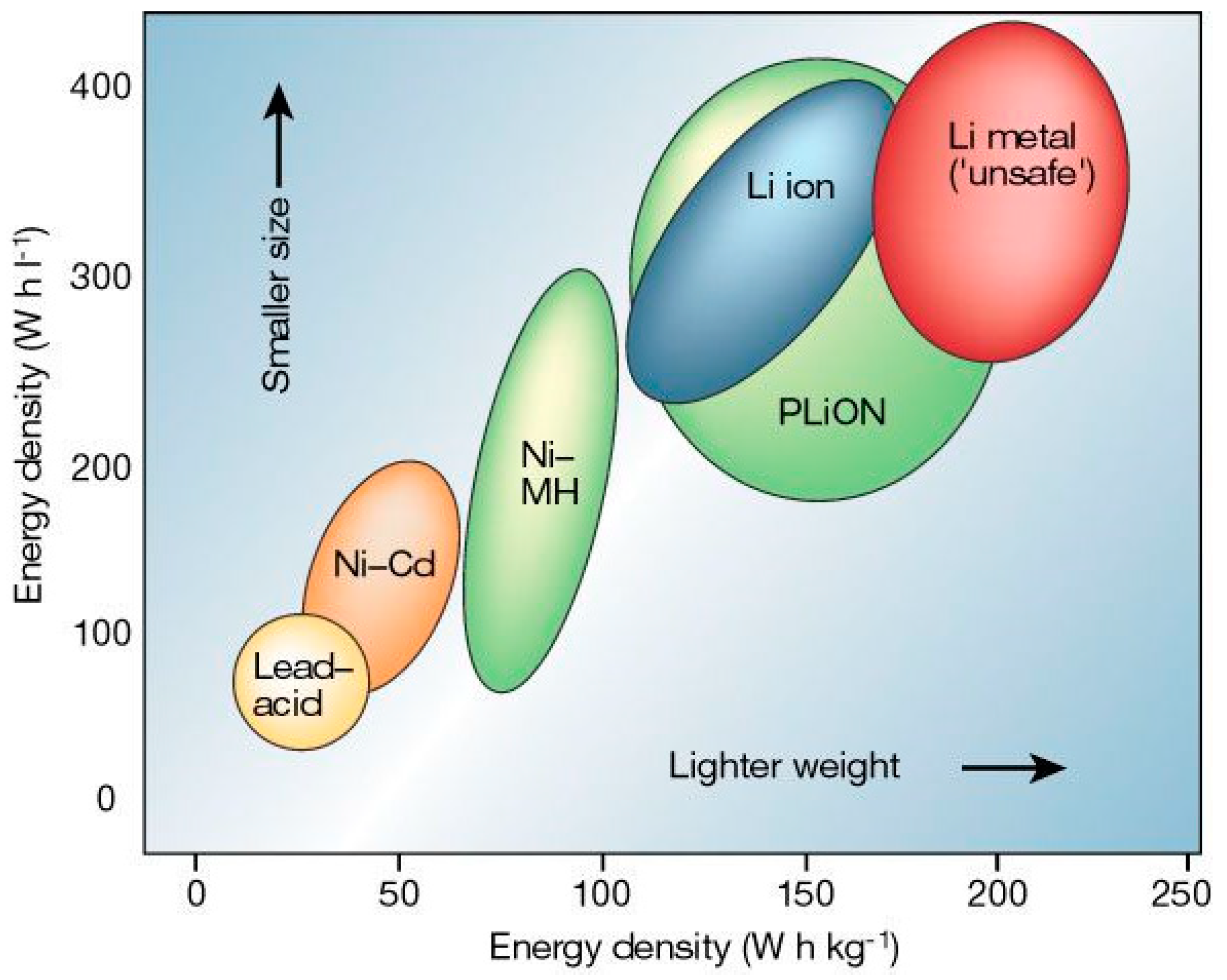
Energies | Free Full-Text | Current Li-Ion Battery Technologies in Electric Vehicles and Opportunities for Advancements

